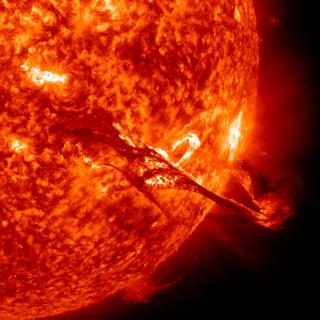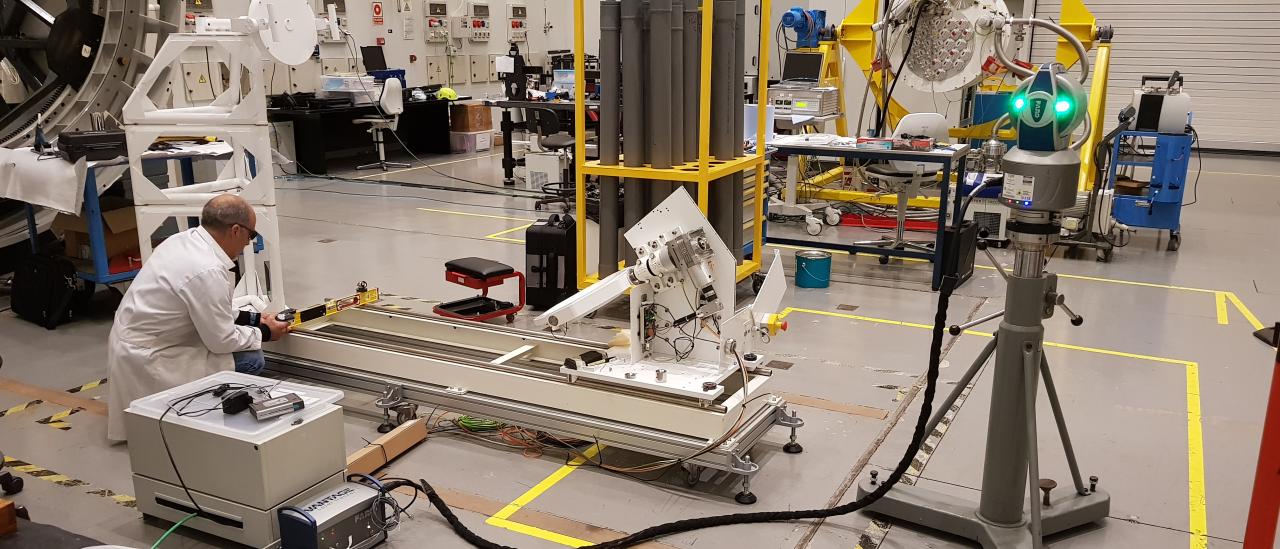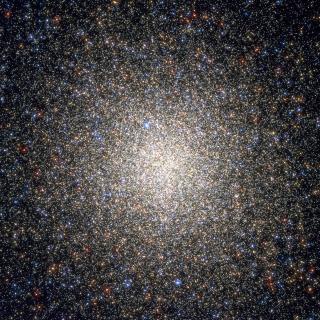Related grants:
General
The coordinated project "Space Solar Physics and Space Weather (SSPAW)" aims to advance our understanding of the Sun and its influence on Earth's environment through cutting-edge aerospace instrumentation and scientific research. Led by the S3PC consortium of five Spanish institutions (IAA, INTA, UV, IDR-UPM, and IAC), the project focuses on the development, operation, and exploitation of advanced solar instruments, including SO/PHI aboard the Solar Orbiter, TuMag and SCIP for the Sunrise III mission, and PMI for ESA's upcoming Vigil mission. These instruments are designed to study the Sun's magnetic fields, atmospheric dynamics, and space weather phenomena, providing critical insights for forecasting solar storms and their impact on modern technological systems.
The project combines expertise in solar physics, space instrumentation, and advanced technologies such as liquid crystal devices, Fabry-Pérot etalons, and FPGA-based data processing. It also emphasizes international collaboration, with strong ties to German and Japanese partners. By fostering innovation, training new researchers, and engaging with society, the project positions Spain as a global leader in space solar physics and contributes to the safety and sustainability of our space environment.
Members
Results
- Sunrise III flew successfully in the summer of 2024



